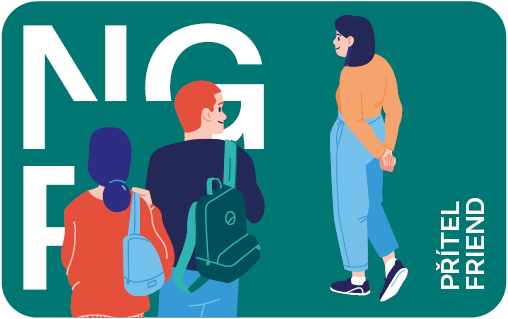Excavating our past by bringing it up, making it real, present and tangible can be perceived as a metaphor for this second chapter of the Moving Image Department, called “The Eclipse of an Innocent Eye”. Works by Haris Epaminonda, Jimmy Robert, Mark Geffriaud, Jesse Jones, Zbyněk Baladrán, Svätopluk Mikyta and Basim Magdy propose different perspectives on the subject of interpretation of the past, our ability to relate to it, to transform it and rewrite it to help us understand what is happening here and now with our own lives. As a continuation of the first chapter, the space is framed by the architectural and documentary additions of Josef Dabernig and spatial and graphic interventions of Liam Gillick.
*“In 2013, when the realistic animation of dinosaurs had lost most of its excitement, Jurassic Park (USA, 1993) was rereleased as a nostalgic cinema experience in 3D. issues like this certainly profit from the modern magic of retrospection - the practice of calling on the spirit of the new by reviving a past era n this case, the 1990s the decade, when Western capitalism was high on the myth of the End of History…”*
These are the opening phrases of Anna Zett’s video work entitled Dinosaur. gif (2014). Series of gif animations are accompanied by the interpreting commentary, written by the artist. The subject of popular culture related to political issues, which is present in the history of our modern times, can work and be used in this case as a framework for explaining how contemporary art considers something which may seem banal at the first glimpse as a source to explain the mechanism of historical narrative in a more general sense.
The 19th century concept of the “innocent eye”, introduced by philosopher and artist John Ruskin, claims that we should perceive art with a view uninfluenced by previous experiences. Later during the 20th century, this concept was criticized and disowned by thinkers and historians such as Ernst Gombrich and Nelson Goodman, who argued that we are not able to see anything without interpreting it at the same moment through our empirical knowledge. Are we able to employ a kind of innocent perception (which Gombrich denounced as a pure myth), or are we unable to escape our contemporarily educated mindset? Are we able to observe prehistoric creatures as such, or just as “spirit animals of the US-American empire” as Zett points out. To which extent is our cognition shifting between these two perspectives?
The archeological and ethnographical turn, so present in the artistic practice of the last decade, is one of the most important streams of contemporary thinking. Starting with seminal texts like Hal Foster’s “Artist as an Ethnographer?” (1995), through huge international exhibitions, such as Documenta XI (2002), curated by Okwui Enwezor, down to numerous thematic shows, such as Dieter Roelstraete’s “The Way of the Shovel: On Archeological Imaginary in Art” (Museum of Contemporary Art, Chicago, 2009). With a continuously transforming approach to the subject, from adoration of the position of an artist as a scientist to the critical reflection of nostalgic tendencies and inability to overcome already dated tendencies in recent years.
Curators: Jan Kratochvil, Adam Budak
Partners of the exhibition: French Institute in Prague and Goethe Institute in the Czech Republic.
Free entry.
\----------------------------------
**26/06/2015 at 4 p.m.: Panel discussion at the opening of the Moving Image Department - 2nd Chapter**
Artists and curator:
Jesse Jones
Mark Geffriaud
Basim Magdy
Anna Zett
&
Jen Kratochvil
Location: Small hall of the Trade Fair Palace




